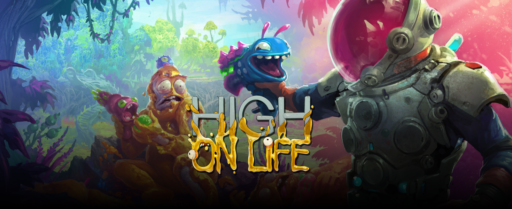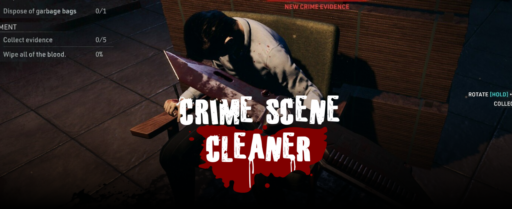Soulslikes swept through the gaming scene. Some heavy hitters lead the scene with Elden Ring, Lies of P, and the upcoming Black Myth: Wukong. Within these giants comes forward Deathbound as an indie contestant looking to make its own space within this most challenging of genres. While that certainly is less ground-breaking than some of its more famous cousins, Deathbound brings enough innovation to make it well worth your time. Let’s look at this Deathbound Review to see what makes for a solid, if not flawed, addition to the Soulslike family.
A Patchwork World That Dares to Be Different
The first thing that comes to mind when booting Deathbound is its setting. It takes action in Zieminal, a world entirely of post-apocalyptic atmosphere, where crusaders meet tech-infused wizards in the precursor city of Akratya. The world is mixed with fantasy and science fiction with the atmosphere of ramshackle encampments, Earth-like environments and futuristic zones swirling together. While, at times, this blend gives one the impression of indecisiveness, what seems obvious is the fact that the developers had set out to create a world that would seem familiar yet fresh.
The story setting is similarly attractive. Deathbound offers a conflict between the Church of Death—an intolerant but perhaps wise—faction and the Cult of Life, one that is inclusive but scientifically amoral. This duality adds depth to the story, making the setting not just a backdrop but a world ripe for exploration and moral contemplation.
Party Combat: A New Spin on the Souls Formula
What makes Deathbound unique is its refreshing take on combat. It’s a party system, summoning fallen warriors—called Essences—to channel and use their powers in fights. You can switch between four Essences at any time, significantly adding to the depth of the combat system. This switching mechanic is the key to overcoming Deathbound, enabling Morph Strikes and Morph Dodges—special moves acting much like tag-based fighting game mechanics. Correctly timing these moves or fattening up for an Ultimate Morph Strike can mean the difference between win and loss.
It’s not without its challenges, however. Health and stamina are shared across your characters; as they take damage, the options of fighting efficiently without heavy use of Morphing are reduced. Managing those resources while keeping your party alive is critical to the gameplay. In that regard, the tension becomes even higher, and every fight feels intense because of the shared health and stamina.
The Good, the Bad, and the Clunky
Deathbound has a few standout features, but it hasn’t challenges; its HUD crams health, stamina, and other critical stats into tiny diamonds in the bottom left corner of the screen, which are hard to read during fast-paced combat. Moreover, the combat feels clunky, with even the quicker Essences seeming to move at a pace that doesn’t always feel responsive. This chunkiness is the signature of the Soulslike genre, even if Deathbound sometimes overshoots into it a bit, substituting frustration for a challenge.
Enemy AI also offers a mixed bag—some offer good challenges, while others have AI issues that create uneven feelings in battles. When attacking, Strange, unresponsive animations quickly throw you off the rhythm and show the limitations of polish in this game. Yet, when Deathbound clicks, it’s incredibly satisfying. Although quirky, the party system makes for a refreshing spin on the genre in longer boss fights where Morph Strikes and Perfect Dodges come into play.
Moving Around the World of Deathbound
The environments within the game are mixed. Character models and environmental flourishes display impressive detail for an indie title. Specifically, the Essence Labs tutorial area is impressive graphically. At the same time, however, the repetitive architecture in some places makes navigating confusing. High and low-detailed regions contrast with each other heavily, really pulling you out of the experience.
However, it redeems itself through the sound design: the game features immersive voiced dialogue and fleshing out each Essence’s backstory through interactive scenes, in addition to a decent variety of traditional cutscenes and NPC banter. Although the voice acting could be better than FromSoftware’s best, it does bring depth that many indie Soulslikes need to improve.
Summary
While Deathbound isn’t the next big thing in Soulslikes, it does bring enough innovation to make it a commendable effort. That unique party system paired with the rich world makes Deathbound well worth playing for fans of the genre. Even with flaws in its fluidity of combat and the AI of enemies, Deathbound is pretty satisfying if one looks past said issues.
While this is Soulslike, Deathbound differs from its prevailing crowd with some fundamental progressive ideas and bold design decisions. Its reasonably low price and promised post-launch DLC are great incentives for players to get the game to fill in that time between major releases. If you are a Souls enthusiast looking for something different, you can’t go wrong with Deathbound.
Well then, will you heed the call and dive into Ziêminal? There is only one way to find out—grab your copy of Deathbound and see for yourself. Click here for more such immersive blogs.



